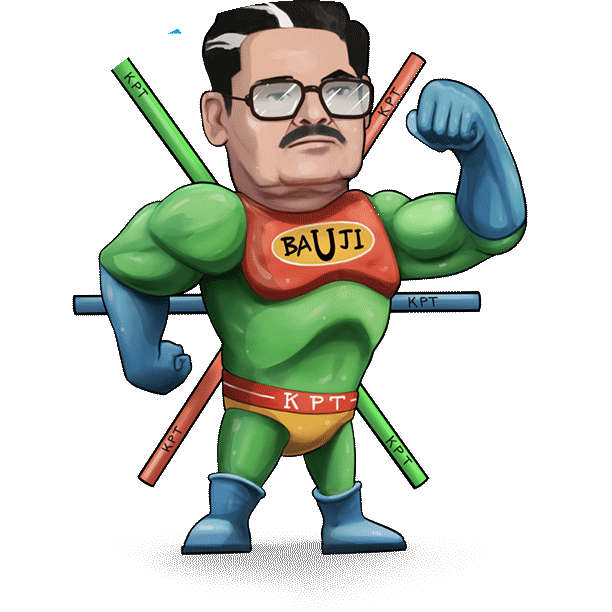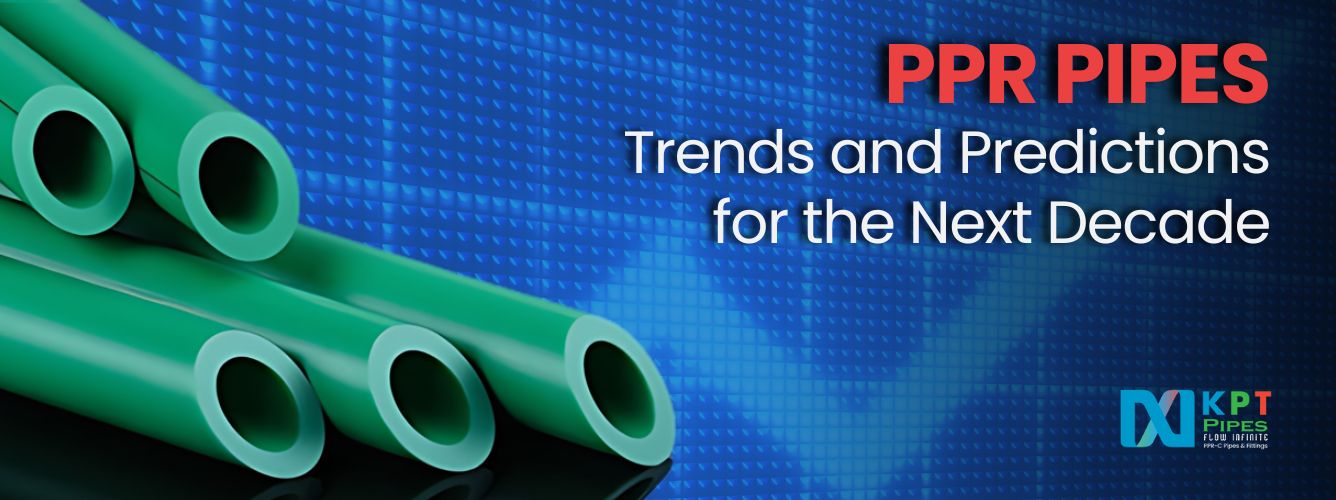The plumbing industry is undergoing significant transformations as the world progresses into an era of advanced technology and sustainable living. Key materials driving this advancement include PPR (Polypropylene Random Copolymer) pipes, which are preferred due to their durability, effectiveness, and adaptability. As we anticipate the upcoming decade, various trends and forecasts are influencing the evolution of PPR pipes. This blog explores these emerging trends, innovations, and future possibilities, highlighting how PPR Pipes are set to transform the plumbing industry significantly.
Table of Contents
1. Increased Demand for Sustainable Solutions
Sustainability is a key focus of global efforts, and the plumbing sector is included in this movement. As environmental concerns grow, there is a heightened demand for materials that minimize ecological impact. PPR pipes, known for their long lifespan and recyclability, align perfectly with these sustainability goals.
Future Trend: In the next decade, we can expect a surge in demand for PPR pipes manufactured using eco-friendly processes and materials. The PPR Pipes Market is set to expand as companies like KPT Pipes invest in sustainable technologies and practices. The emphasis will be on reducing carbon footprints, enhancing recyclability, and utilizing renewable resources.
2. Advancements in Material Technology
The next decade will bring significant advancements in material technology, further enhancing the properties of PPR pipes. Researchers and engineers are continuously working on improving the physical and chemical properties of PPR materials.
Future Trend: We anticipate the development of advanced PPR variants with enhanced features such as increased resistance to extreme temperatures, superior chemical resistance, and improved impact strength. Upcoming advancements may include the use of nanotechnology to enhance the efficiency and durability of PPR pipes. These innovations will reflect in the evolving PPR Pipe Market trends.
3. Smart Plumbing Solutions
The integration of smart technology into everyday objects is a growing trend, and plumbing systems are no exception. Innovative plumbing technologies are created to offer immediate monitoring, management, and diagnostic capabilities.
Future Trend: In the coming years, PPR pipes will be increasingly integrated into smart plumbing systems. This application will incorporate sensors and IoT (Internet of Things) technology to track water flow, identify leaks, and enhance water conservation. Such advancements will lead to more efficient and responsive plumbing systems, reducing wastage and improving overall system management. This shift will influence the PPR Pipe Market trends significantly.
4. Enhanced Installation Techniques
The simplicity of installation plays a crucial role in the increasing acceptance of PPR pipes. Over the next decade, we can expect advancements in installation techniques that will simplify and speed up the process.
Future Trend: Innovations in installation technology will include the development of new fusion welding techniques and tools that make the joining of PPR pipes faster and more reliable. These advancements will help reduce labour costs, minimize installation errors, and improve the overall efficiency of plumbing projects. Such improvements will impact the PPR Pipes Market positively.
5. Expansion into New Markets
As PPR pipes continue to prove their reliability and efficiency, their use is expected to expand into new and emerging markets.
Future Trend: The next decade will likely see PPR pipes making inroads into regions with previously limited adoption due to cost or availability. As manufacturing processes become more cost-effective and global distribution networks improve, PPR pipes will gain traction in markets across Africa, Southeast Asia, and Latin America, among others. This geographic expansion will be a key factor in the PPR Pipes Market growth.
6. Integration with Renewable Energy Systems
The growing focus on renewable energy sources is influencing various industries, including plumbing. PPR pipes are progressively being incorporated into frameworks that facilitate renewable energy initiatives.
Future Trend: We can expect PPR pipes to play a role in renewable energy systems, such as solar water heating and geothermal heating systems. Their thermal resistance and durability make them suitable for integration into these technologies, supporting the transition to more sustainable energy sources. This integration will be a notable trend in the PPR Pipes Market.
7. Customization and Tailored Solutions
The demand for customized and tailored solutions is rising as industries seek materials that meet specific needs and performance criteria.
Future Trend: In the next decade, PPR pipes will be offered in a wider range of specifications and customizations. Manufacturers will provide tailored solutions for specific applications, including pipes with unique dimensions, colours, and performance characteristics. This trend will allow for more precise and effective use of PPR pipes in various industries and applications, further influencing PPR Pipes Market trends.
8. Enhanced Aesthetic Options
While functionality remains paramount, there is a growing emphasis on aesthetics in many construction and renovation projects. PPR pipes, traditionally known for their utilitarian appearance, are now being designed with aesthetics in mind.
Future Trend: Expect to see PPR pipes offered in a range of colours and finishes to blend seamlessly with modern interior designs. Manufacturers will likely introduce options that not only perform well but also contribute to the visual appeal of plumbing systems, especially in residential and commercial spaces where exposed piping is a consideration. This aesthetic enhancement will impact the dynamics of the PPR Pipes Market.
9. Regulatory and Standards Evolution
As the plumbing sector advances, the regulations and standards that oversee it will also adapt. Compliance with updated standards ensures safety, performance, and quality.
Future Trend: The next decade will bring updates to standards and regulations governing PPR pipes. Manufacturers will need to stay abreast of these changes to ensure their products meet the latest requirements. This evolution will focus on improving safety, environmental impact, and performance benchmarks, shaping the PPR Pipes Market.
10. Increased Focus on Quality and Certification
With the growing emphasis on quality assurance, there will be a heightened focus on certifications and quality control for PPR pipes.
Future Trend: We can anticipate an increased demand for third-party certifications and rigorous quality control measures. Manufacturers like KPT Pipes will need to demonstrate adherence to international standards and obtain certifications that reflect their commitment to quality and reliability. This focus on quality will influence the PPR Pipe Market trends significantly.
Conclusion
The future of PPR pipes is set to experience remarkable developments and innovations. From sustainability and smart technology to material enhancements and expanded market reach, the next decade will see PPR pipes evolve to meet the changing needs of the plumbing industry. As a leading manufacturer in this field, KPT Pipes is well-positioned to drive these trends and provide cutting-edge solutions that address the demands of a modern and sustainable world.
By embracing these emerging trends and focusing on continuous improvement, KPT Pipes ensures that their products remain at the forefront of the industry, delivering reliable, efficient, and future-proof plumbing solutions. As we look ahead, the evolution of PPR pipes promises to enhance the way we manage and utilize plumbing systems, setting new standards for performance and sustainability. The PPR Pipes Market will continue to reflect these advancements, making it an exciting time for industry stakeholders.


